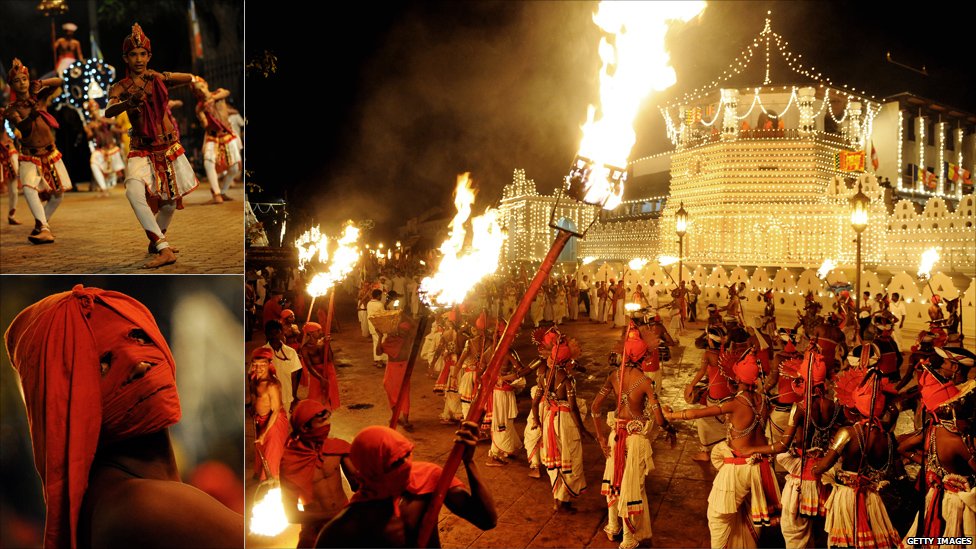Sport in Sri Lanka
The Sri Lanka national cricket team achieved considerable success beginning in the 1990s, rising from the underdog status to winning the 1996 Cricket World Cup.[2] The Sri Lankan national cricket team reached the finals of the 2007 Cricket World Cup, where they lost to Australia at the Kensington Oval, in Bridgetown, Barbados.[3] After qualifying to play in the finals of the 2011 Cricket World Cup, Sri Lanka was beaten by India.[4] The legendary Sri Lankan off-spinner Muttiah Muralitharan also ended his incredible career at the Wankhede Stadium in Mumbai which hosted the 2011 World Cup finals. The national cricket team of Sri Lanka has won the Asia Cup in 1986, 1997, 2004 and 2008.
Sri Lanka has a large number of sports stadiums, including the Sinhalese Sports Club Ground, the Paikiasothy Saravanamuttu Stadium, the R. Premadasa Stadium, Pallekele International Cricket Stadium in Kandy and the Rangiri Dambulla International Stadium in Dambulla as well as the Galle International Stadium. The country co-hosted the 1996 Cricket World Cup with India and Pakistan, the 2011 Cricket World Cup with India and Bangladesh and has hosted the Asia Cup tournament on numerous occasions. Water sports such as boating, surfing, swimming and scuba diving on the coast, the beaches and backwaters attract a large number of Sri Lankans and foreign tourists.










